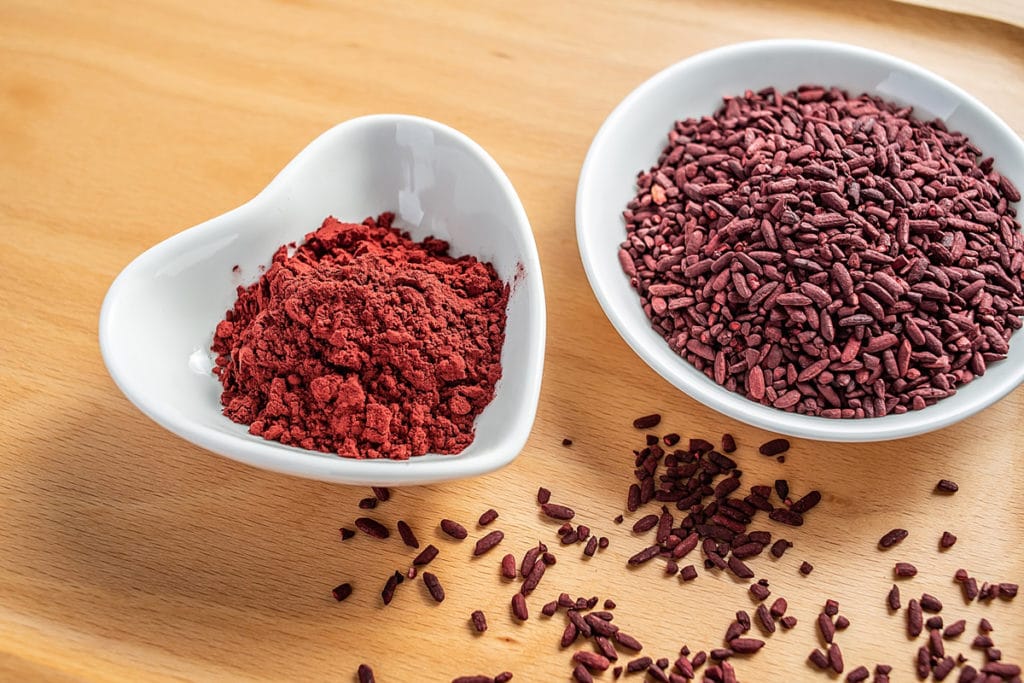September 11, 2019

Insight into Red Rice Yeast by Dr Traj Nibber.
There are many red rice yeast products on the market so what is different about AOR’s?
Red rice yeast is a fungus that is deliberately grown on rice, and within a few weeks imparts a bright red colour. Red rice yeast has been used in Chinese culture for thousands of years as a colouring and flavouring condiment, as well as for medicinal, and health benefits for the heart, as well as for cholesterol control.
In the 1990’s it was discovered that the red colour of red rice yeast, contained number of natural compounds called monocolins. One of these compounds called monocolin K was considered a drug by many health authorities, including the United States FDA, Health Canada and by some of the European authorities. Therefore, the sale of red rice yeast was banned because of the presence of monocolin K.
Besides the presence of a drug, red rice yeast has another problem namely, monocolin K while preventing the formation of cholesterol in the body, unfortunately, also inhibits the formation of Co Q 10, an important molecule that the body needs which helps the muscle contract properly. Lack of Co Q 10 results in general muscle pain called myalgia, and for the heart muscle can be dangerous.
Research at the National University of Taiwan under the leadership of Professor Pan, developed a new method of growing red rice yeast which did not have any monocolin K rather new molecules which were as effective at reducing cholesterol but were perfectly legal with all health authorities world-wide. In addition, this new technology of red rice yeast did not inhibit body’s production of Co Q 10.
This new form of red rice yeast has been studied in five human clinical studies and has shown reduction in blood pressure, blood glucose levels and for reducing cholesterol.
For the first time this new and safe form of red rice yeast is available world-wide through AOR.
Back to Blog